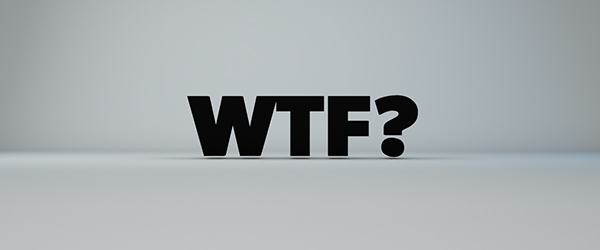
Twitter’s acquisition of India-based Zipdial has got a lot of people scratching their heads. What, exactly, the company does is a mystery to many.
While it may describe itself as a “marketing and engagement service,” what Zipdial does best is known as missed-call marketing. An obscure mobile offshoot of permission marketing, missed-call marketing is just what it sounds like: Consumers opt into ads by dialing a number and hanging up before the call connects. The customer will then receive text messages and calls with ads in them. Which, naturally, leaves us with plenty of other questions, starting with:
Why?
India was unique in the way that it progressed when it came to mobile technology. For most people, unlimited calling plans are too expensive. Most people instead use prepaid cellphone plans, which strictly limit calling minutes but not incoming calls. So if you want to save your minutes, you’d make a missed call. One CPRSouth survey found that 65 percent of Indian mobile phone users prefer a missed call to an actual phone call. (People also use it for non-advertising purposes, like letting a friend know you’ve arrived to pick them up.)
So missed-call marketing is a rooted cultural thing?
It’s essentially a smart hack by marketers looking to speak to a population that is connected but with limits. More than 930 million people in India have cellphones, but only 117 million of them have smartphones. That makes the country a good bet for foreign smartphone manufacturers but not a good market for brands hoping to snag a slice of the mobile pie. It’s not just an Indian thing, now, either. ZipDial has expanded into places with similar cultural factors like Sri Lanka, as well as the Philippines and Indonesia — both of which have a high proportion of cellphone users.
People actually call brands and hang up?
Yes. Bangalore-based Zipdial is actually a huge success story. When it started in 2010, it asked cricket fans to send a missed call and get the score of the day. The day India played Pakistan, the company got 4 million calls.
But that’s a service, not an ad.
Big brands like Coke, P&G and Nestle were quick to get in on the act. Phone numbers are placed on billboards and in ads. When customers send a missed call, they get back deals, coupons and offers. More important, customer preferences and loyalties are recorded: what they’re interested in, what they ask for information about, so advertisements are targeted.
For example?
One of the big winners on the advertising awards circuit last year was Hindustan Unilever’s missed-call marketing campaign, “Kan Khajura Tesan” (“earworm radio channel”). The pitch was targeted at the rural population, which tends not to have televisions or other media entertainment available to them. They could call a number and hang up to be rewarded with cricket scores and phone calls with music and talk shows, as well as ads for Unilever products. At the time, Priya Nair, vp at Hindustan Unilever, told ad magazine Afaqs that it was a way to augment media reach in places where brands “have no media option.” Unilever was able to see where the most calls were coming from, and how long callers listened before hanging up. Later, it introduced a survey at the end of the entertainment pod that asked for demographic info like gender and age.
What does Twitter’s acquisition mean?
This gives Twitter a larger foothold in emerging markets, where it has a bigger swath of users to target. But more important, it’s a salvo fired in the ongoing ad war against Facebook. Zipdial has worked with Facebook to solve the problem of “dumb phones” — phones that use subsidized data to log in to the social network, thus rendering mobile-app tracking useless. Use of debit and credit cards is also rare. So tracking customers is difficult. Facebook’s own missed-call product uses Zipdial software — users can click an ad on their cellphones and in return get music, sports scores and ads.
What will a Twitter-owned Zipdial look like?
Twitter has worked with Zipdial before. Both companies are used by people who want to “keep up” with news and cultural events, according to a blog post by Twitter India and Southeast Asia market director Rishi Jaitly. During 2014’s national elections, political parties worked with Twitter and Zipdial to make Twitter accounts accessible on any phone, network and on languages. @MTVIndia also asked users to “Rock the Vote” by sending a missed call to a number to opt in to information and debate.
More in Marketing

Pandora is betting on AI agents to scale service and emotional selling during the peak holiday season
Pandora is using AI agents to scale customer service and replicate emotional in-store selling online, just as peak season puts pressure on margins and teams.

Rembrand’s CEO wants to grow virtual ad placements in streaming, and he’s looking elsewhere for models
Omar Tawakol wants to improve advertising within the streaming world, and is working with advertisers and publishers to improve that experience.

Marketers are keen to use generative AI in ad campaigns, but hidden costs lurk
Marketers across the industry want to use AI to cut down on time spent in creative production. It’s not so simple in practice.





